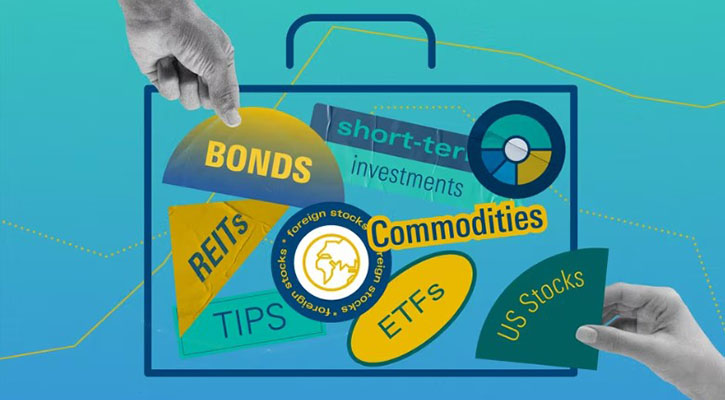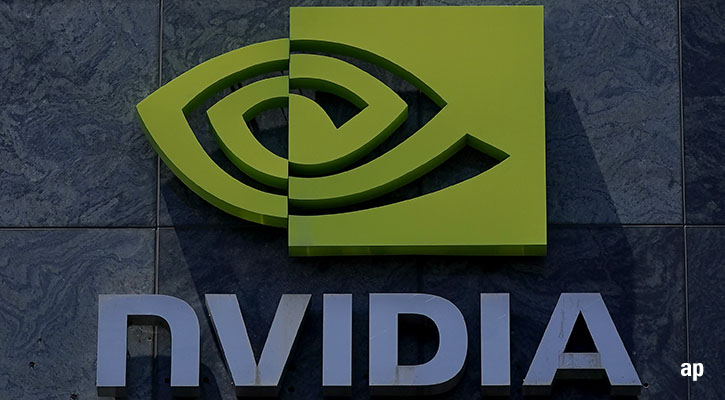Editor's note: The following article is the last of a three-part series on the impact of advances in robotics and artificial intelligence on the job market. This week's series is excerpted from an article by Hal Ratner, the head of global research for Morningstar's investment-methodology and economic-research team. Ratner's full article is published in the August/September 2016 edition of Morningstar magazine.
Part 1: Why human capital is threatened
Part 2: How will advances in artificial intelligence affect your job?
Thanks to rapid developments in machine learning, or ML, the ability of robots to deal with complex and ambiguous problems continues to improve. For example, the Morningstar Quantitative Equity Ratings are generated via a "supervised" ML process in which an algorithm trains itself to mimic the behaviour of a comparatively small number of analysts so it can rate a large number of stocks. It's proving effective, too. This approach requires the input of human analysts because the algorithm is "trained on" the output of the analysts. But instead of serving as a mere adjunct, it literally replicates their rating work, enabling coverage of a great many more stocks.
A human no longer needs to carefully specify a problem for a robot; the robot can observe human behaviour, mimic it, and learn on its own, adapting to new, ambiguous situations. The concept of labour-capital complementarity that defined the whole of economic history is breaking down.
In their widely cited and very readable "The Future of Employment: How Susceptible Are Jobs to Computerisation?", authors Carl Benedikt Frey and Michael A. Osborne construct a model (one that, appropriately, uses machine learning) to estimate the impact of computerization on different jobs in the United States.
They decompose each job into a set of attributes ranging from things such as "finger dexterity," "persuasion" and "negotiation." Occupations are then defined as bundles of these attributes. Given this and forecasts of change in technology (but holding composition of the workforce static), they predict that 47% of the U.S. workforce is at risk of either lower real wages or unemployment, with another 19% in the medium-risk category.
More than manufacturing jobs are threatened. A good number of the at-risk jobs fall under "sales and support" and "office and administrative support." Disturbingly, "service" jobs are also very much at risk. That these jobs which have (for better or worse) served as the employment of last resort for many are being automated away implies substantial social cost. In the near term, they represent the sort of high-skill/low-skill bifurcation we've seen in recent years. But we're already seeing robots eat into the professional class, and this is nearly certain to continue.
The hollowing-out-of-the-middle-class phenomenon looks to become a wider erosion that will change the labour market as we have come to think of it. This all sounds very grave. But it probably isn't feasible, at least from an economic perspective. On the basis of this hypothetical scenario, we would have a sizable majority of people with all of their basic needs met, no work, and a huge surplus of free time. This could be a recipe for massive social unrest, but this needn't be the case. With all that free time, people will want to spend their time in things such as travelling, which in turn will create at least some jobs that presumably cannot be handled in a satisfactory and/or cost-effective manner by robots.
A large number of closely owned robots will likely lead to a limit in the variety of goods within product types -- particularly commodity product types like breakfast cereal. In other words, we'll see the disappearance of close substitute goods. But this homogenization of the majority of goods and services is unlikely to cause differences in taste to actually disappear.
And so what we can imagine is a re-emergence of the artisan class that provides differentiated products to a small group of interested consumers. As in days of old, this group would be totally in control of the production process and supplying goods to niche recreation-oriented markets for which the feudal capitalists cannot do so efficiently.
The implications for the future of human capital are important. Currently marketable skills, such as command-line programing, may be on their way out as computers can increasingly write their own code. Swaths of highly technical and very well-defined jobs are, as we've seen, already on the chopping block. It may be that softer attributes such as persuasion, imagination, empathy, ability to read others, and verbal and non-verbal communication become the overriding determinants of the value of human capital.
In fact, we'd argue that the ability to spot a mistake and allow it to point you in a better direction may be something computers will never be able to do. Such things are not uncommon in the arts and to a lesser degree in abstract disciplines such as mathematics. It is challenging to imagine this in a robot economy.
Rethinking how we educate people and what we actually pay for education will be vital. And, of course, none of this is a given. People may collectively decide this is not a direction in which they want to go. Technology is for the moment in the hands of humans, and humans have the ability to put guardrails around technology to protect their interests.







:quality(80)/cloudfront-us-east-1.images.arcpublishing.com/morningstar/EAAEIIRVVNE7HNVXBSGTD3WPSI.jpg)

:quality(80)/cloudfront-us-east-1.images.arcpublishing.com/morningstar/U746MWXQHFFZPLSMTEJSUD7HLY.png)





